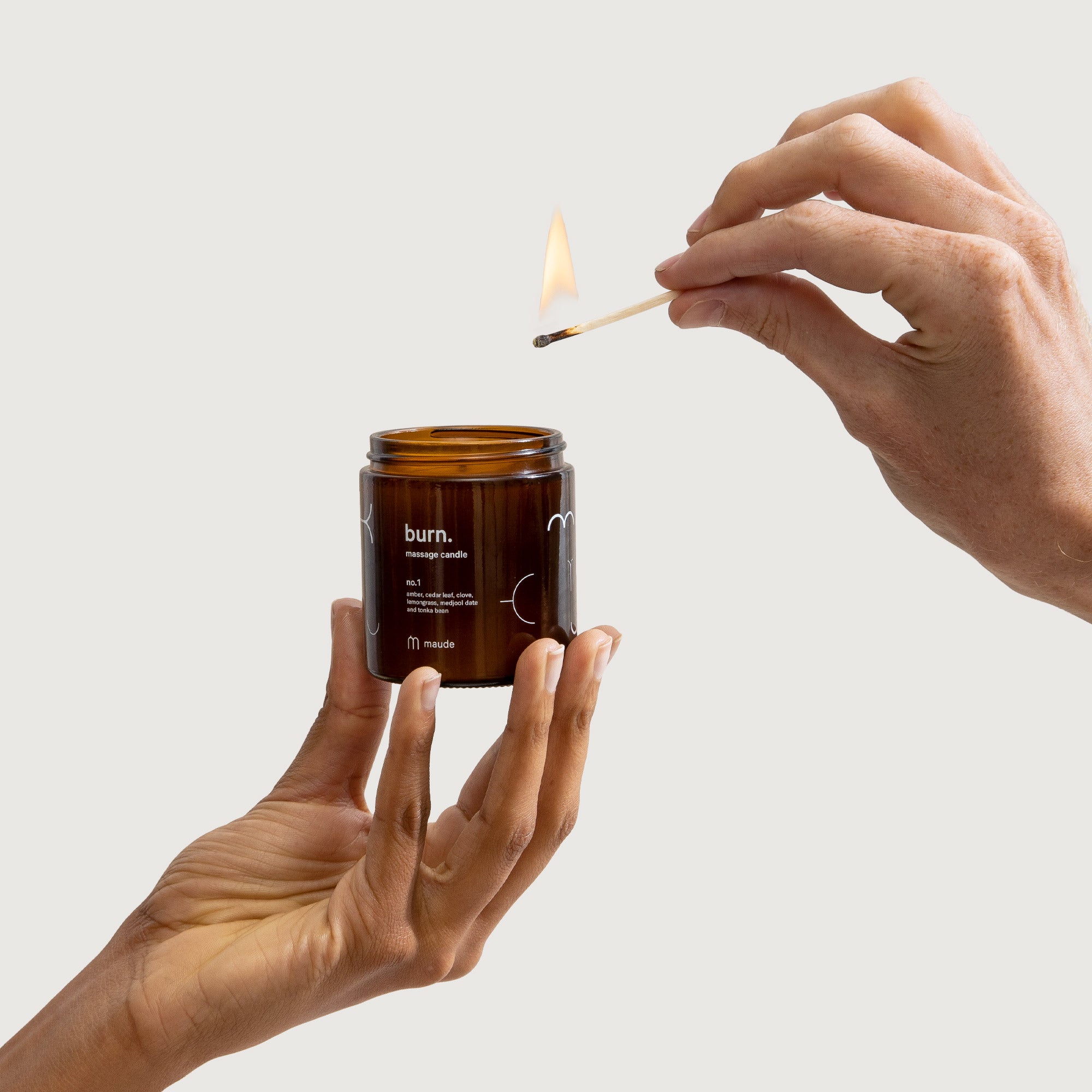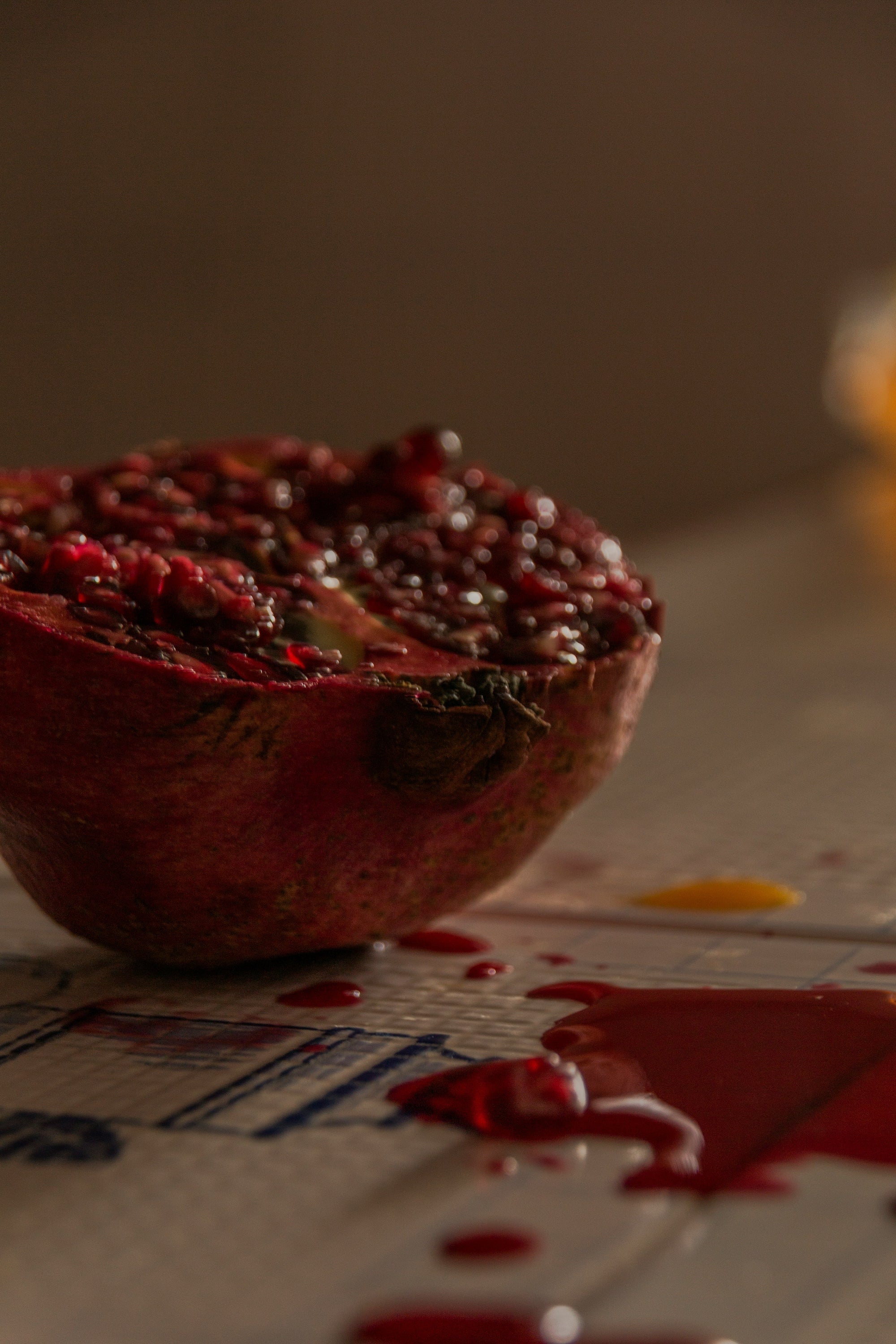The truth behind oysters’ aphrodisiac properties.

Casanova couldn’t get enough of them, but are these bivalves really libido-boosters?
Oysters are an aphrodisiac. That’s just a known thing, treated as fact and confidently passed on from generation to generation. These silvery-shelled bivalves are completely culturally associated with sex-drive-boosting powers, but why?
Chemical composition
Oysters have been eaten all over the world since Neolithic times. The presence of an oyster bed was what determined the location of some of the world’s greatest cities, as the shellfish not only purify the water but are a great source of nutrients. They are high in calcium, protein, vitamin C (unusual for a non-vegetable), and zinc. This last one might have something to do with oysters’ perceived aphrodisiac effects—zinc is key to the production of testosterone, which is in turn essential for arousal. It’s a bit of a leap to directly link oysters to horniness via this route though.
There are amino acids present in some bivalves, most notably D-Aspartic acid, which have been linked to increased arousal in rats, which again is quite a leap. When this discovery was made, though, it led to overexcited headlines proclaiming science had finally proved the aphrodisiac effects of oysters, despite no humans or oysters being involved in the study, and no paper ever coming out of it.
Magnificent molluscs
Arousal is complicated, and context does a lot. Oysters’ reputation as horn-inducers means there is a placebo effect at work – if you’re eating something that society as a whole is confident will put you in the mood, it might put you in the mood.
And, while they were once incredibly popular and cheap, they are now—depending on where you are in the world—something of a luxury item. The days of free oysters being given to drinkers in bars to keep them going are long gone—at the beginning of the twentieth century, fears about dirty water led to a steep decline in their popularity, and when they were gradually reintroduced to American and British diners it was as a much more upmarket dish.
Luxury is pretty sexy. If a specific food is mainly found in opulent surroundings where everyone is dressed beautifully and life is easy and decadent, you can see how that placebo effect could be greatly magnified.
Sensory similarities
A lot of the associations between oysters and sex are to do with certain sensory similarities they have to female genitals—the aphrodisiac effects are rarely cited for baked, breaded oysters, but frequently raised when it comes to slurping them raw from the shell, all salty flesh and contours. Author Will Self has referred to oysters as “the cunnilingus of gastronomy”.
In the seventeenth century, they were used in art as a visual metaphor for sexuality, recreated in the kind of intimate detail that the parts they represented couldn’t be shown in. Interestingly, at different times they have been used to represent both male and female fertility—perhaps fitting, seeing that oysters themselves change sex.
Shellfish lover
Giacomo Casanova, renowned for spending the eighteenth century hopping from bed to bed having numerous complicated affairs, claimed to eat fifty oysters for breakfast every day and credited them with his enormous sexual appetite and indefatigable energy.
He once wrote in his diary of combining his two passions: “I placed the shell on the edge of her lips, and after a good deal of laughing she sucked in the oyster, which she held between her lips. I instantly recovered it by placing my lips on hers…” While Casanova explicitly linked his oyster intake to his libido, fifty daily oysters is a hell of a lot. If he had that much sex eating fifty oysters a day, imagine how much he might have had if he… didn’t smell like oysters.
Brilliant bivalves
Whatever minor biological effects might be going on with oysters, their main aphrodisiac effect is a self-fulfilling one—they sometimes make people horny because they’re known for making people horny. “Do oysters enhance sexual prowess?” writes author Rebecca Stott in her 2004 book Oyster, an examination of the cultural history of the fish. “Well, if they don’t do so chemically, they certainly do by their age-old cultural associations with flesh, hunger, and intimacy. Think of oysters, try not to think of sex.”





